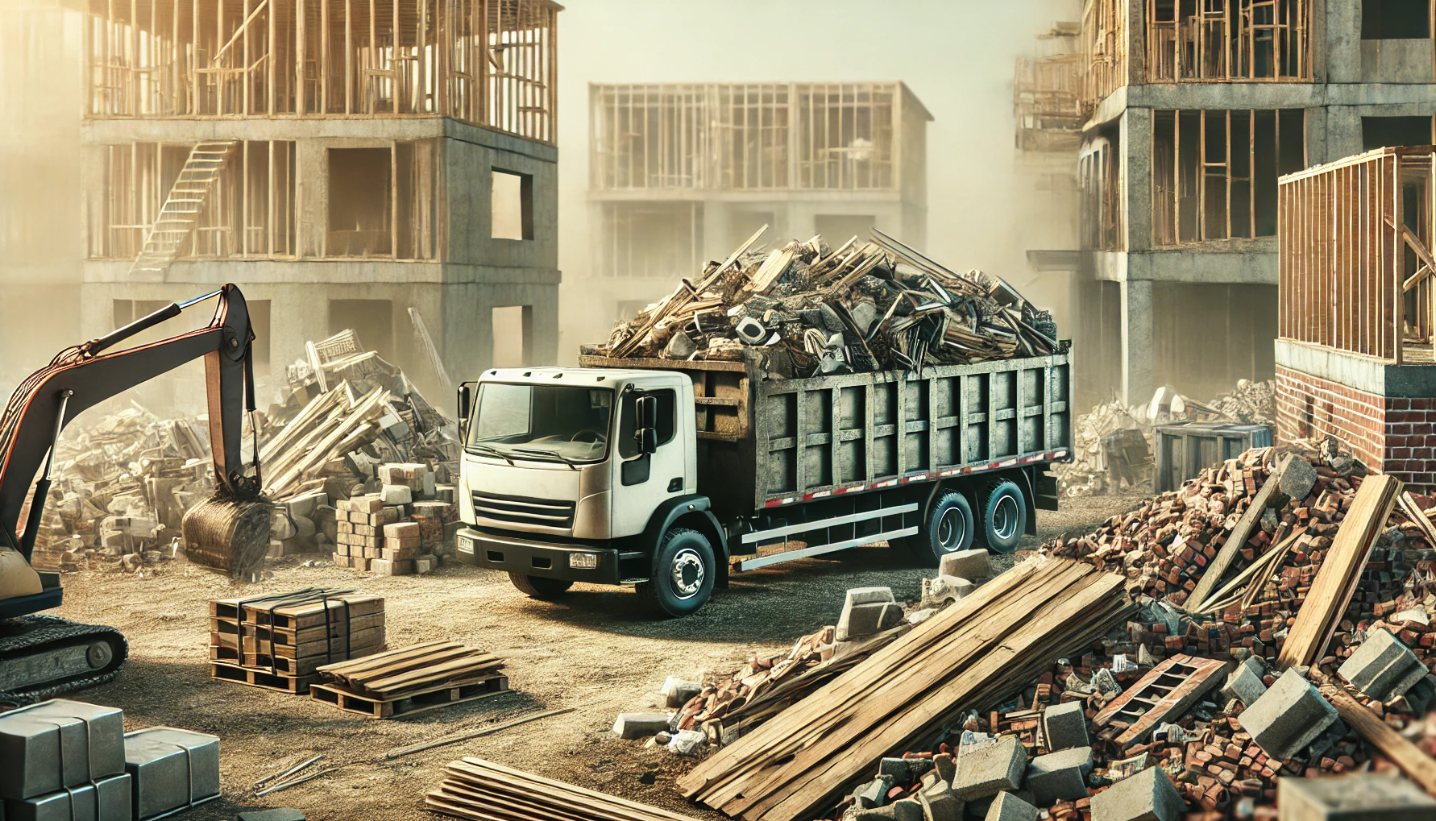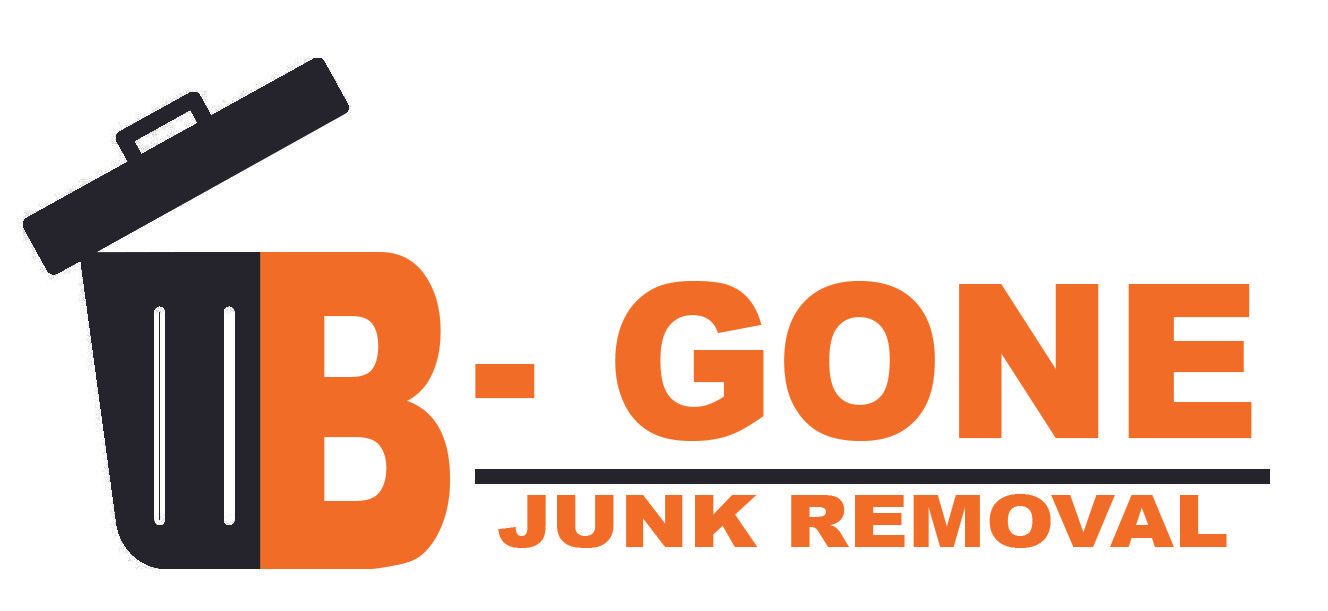
Comprehensive Guide to Construction Debris Removal: Everything You Need to Know
Construction projects, whether big or small, generate a significant amount of waste. From drywall scraps to concrete chunks, proper removal and disposal are crucial for safety, efficiency, and environmental responsibility. In this guide, we’ll walk you through everything you need to know about construction debris removal, including benefits, methods, and tips for hiring professionals.
Benefits of Construction Debris Removal
- Enhanced Safety: Clearing debris reduces the risk of accidents and injuries on-site.
- Increased Efficiency: A clean workspace leads to smoother operations and higher productivity.
- Environmental Responsibility: Proper disposal ensures recyclable materials don’t end up in landfills.
- Legal Compliance: Avoid fines by adhering to local waste management regulations.
- Improved Aesthetics: A tidy site leaves a professional impression.
Eco-Friendly Construction Debris Removal
Recycling and Reusing Materials
- Wood: Reclaim lumber for new projects or mulch production.
- Metal: Scrap metal can be recycled into new products.
- Concrete: Crushed concrete is often used for road base material.
- Drywall: Recycle gypsum into new drywall or agricultural products.
- Glass: Reuse glass panes or recycle into new glass products.
Donation Options
Unused or lightly used materials can often be donated to organizations like Habitat for Humanity or local charities.
- Lumber: Donate to woodworking or construction projects.
- Metal: Provide to scrap yards supporting community programs.
- Appliances: Give to charities that refurbish and redistribute.
- Hardware: Supply leftover nails, screws, or fixtures.
- Paint: Share with community art programs or donation centers.
Common Types of Construction Debris
| Type | Examples |
|---|---|
| Wood Waste | Lumber, plywood, pallets |
| Concrete and Masonry | Bricks, concrete blocks, tiles |
| Metals | Steel, aluminum, copper |
| Drywall | Gypsum board, plasterboard |
| Glass | Windows, mirrors, light fixtures |
| Hazardous Materials | Paint cans, asbestos, chemicals |
DIY vs. Professional Debris Removal
When to DIY
- Small projects with manageable debris.
- Access to a suitable vehicle for transport.
- Knowledge of local disposal and recycling regulations.
- Availability of time and labor to manage cleanup.
- Experience in handling specific types of construction waste.
When to Hire Professionals
- Large-scale construction or demolition projects.
- Debris includes hazardous materials.
- Tight deadlines requiring quick and efficient removal.
- Lack of proper equipment for safe handling.
- Desire for eco-friendly disposal without the hassle.
How to Choose a Construction Debris Removal Service
- Check Credentials: Ensure the company is licensed and insured.
- Assess Experience: Look for providers with expertise in construction waste.
- Ask About Disposal Practices: Prioritize companies with eco-friendly policies.
- Get a Quote: Compare pricing and services among multiple providers.
- Read Reviews: Look for testimonials or feedback from past clients.
Steps to Efficient Construction Debris Removal
- Plan Ahead: Identify the types and volume of debris expected.
- Segregate Materials: Separate recyclables, hazardous items, and general waste.
- Use Proper Equipment: Employ bins, bags, and tools for safe handling.
- Schedule Pickups: Coordinate removal services to align with project timelines.
- Monitor Disposal: Ensure waste is processed according to regulations.
FAQs About Construction Debris Removal
Q: What items are considered hazardous waste in construction debris?
A: Hazardous waste includes items like paint cans, asbestos, treated wood, and certain chemicals.
Q: How can I ensure my construction debris removal is eco-friendly?
A: Work with companies that recycle materials and follow sustainable practices. Segregate waste to facilitate recycling.
Q: Is renting a dumpster better than hiring a junk removal service?
A: Dumpster rentals are ideal for ongoing projects, while junk removal services work best for one-time pickups.
Q: What happens to the debris after it’s removed?
A: Recyclable materials are processed, and non-recyclables are sent to landfills or specialized facilities.
Q: Can I donate leftover construction materials?
A: Yes, many charities and organizations accept donations of unused or lightly used materials.

